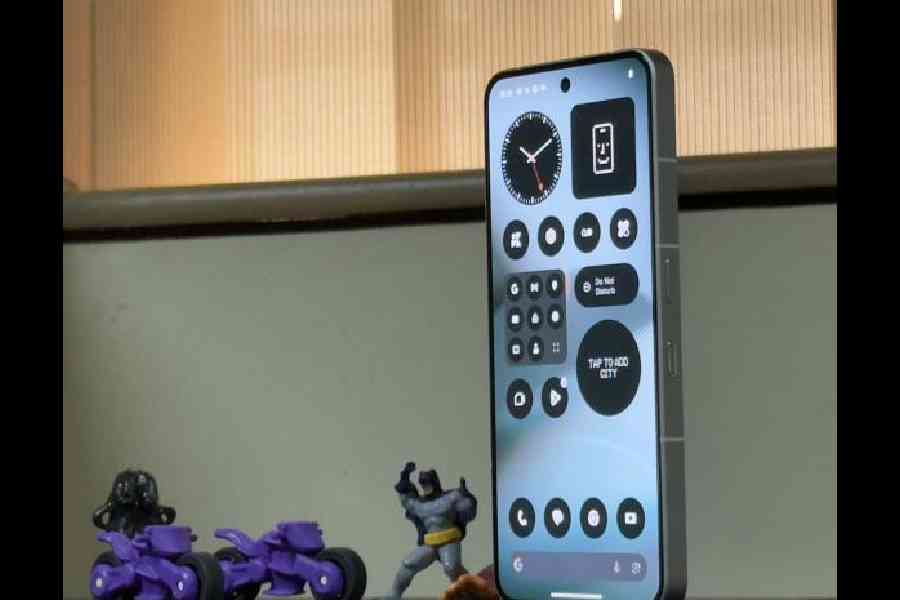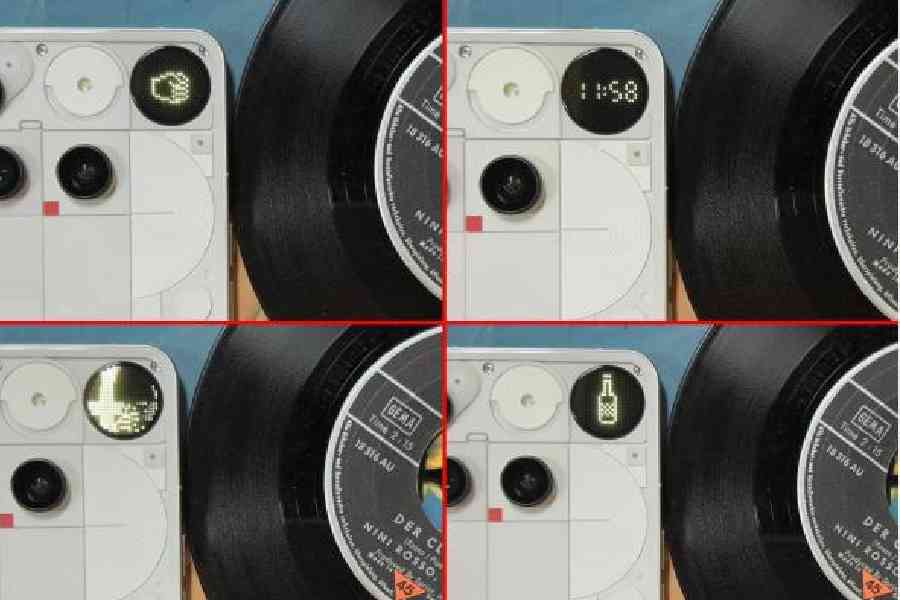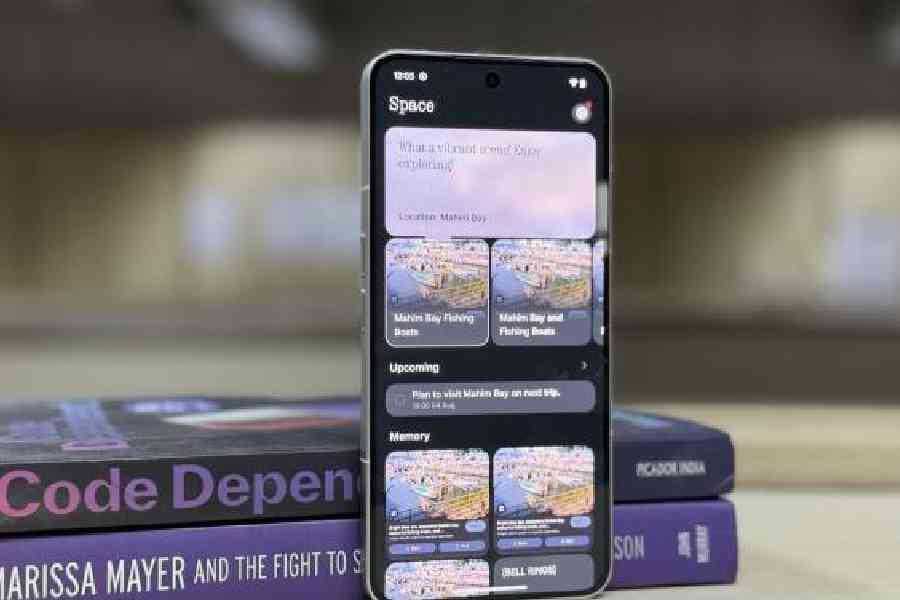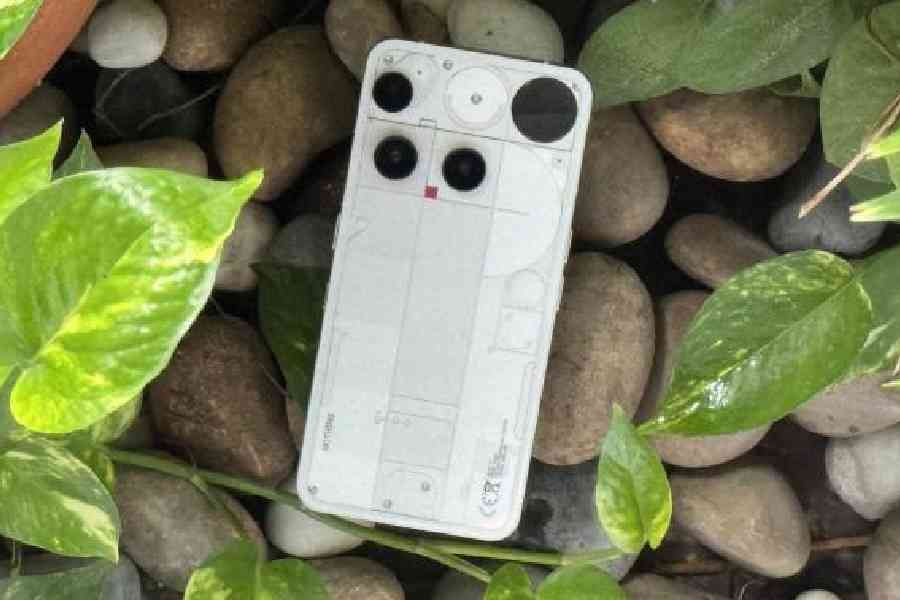Developing a new smartphone in 2025 is one of the most challenging tasks, especially at the flagship level, as companies must compete with Apple and Samsung, which have substantial R&D budgets. On Nothing Phone (3), you get a camera that’s good enough, a snappy software experience, and a battery that lasts all day long, and then some more. Is that enough to inspire you to buy into the design decisions of Nothing?
Polarising design
So far, every Nothing phone has had something interesting, even with glyphs. Simply because there was a thought process in the design department. Here, someone has to explain what the design is, and that can be polarising.
First, they packed glyphs on the back to ensure nobody can ignore the phone. Then, they took some of the clean design elements to their entry-level segment called CMF by Nothing. And now, the company has made its most expensive smartphone.
Nothing decided that balance need not be an important design element all the time. Sure, it can stand on a table without toppling over. But it’s the balance of design elements on the back that has generated conversations.
The 3x telephoto lens is seen hugging the bezel, flatter than the other cameras. The other two lenses are as balanced as on any conventional phone. The entire lens setup is kept company by a “fourth eye” — the Glyph Matrix.
In terms of material, the phone falls a step behind similar-priced phones. There is IP68 rating, making it fully resistant to water and dust, the chassis is made from aluminum but the glass protecting the front is Gorilla Glass 7i, which is the frugal brother of Victus 2, available on Samsung Galaxy S25.
At the same time, it’s good to see that Nothing has put on a blinking red recording light that is automatically turned on when taking videos or photos.
Welcome to the Glyph Matrix
Glyphs have been an important design element of Nothing phones from the start. It basically uses the unused real estate of the back panel. So far, we have seen LED strips that flash to indicate certain actions. On Nothing Phone (3), it has disappeared, replaced by a smaller-than-a-coin-sized disc called Glyph Matrix. In simple words, it’s a tiny screen, controlled by a tiny button at the back of the phone.
The idea behind the Glyph Matrix is interesting and has been executed very well. It’s more like a platform that developers can lean into to offer bite-sized information. Being a proper display, there is a lot more it can show — time, battery life, volume level, stop watch, camera self-timer, and notifications. You can leave the phone face down and still know if there is a message.
When you want to have fun, the screen can let you play Magic 8-ball, rock-paper-scissors, and spin the bottle. There are quite a few Glyph Toys on the phone, but some you have to enable through settings.
Some of the Glyph Toys may not be very helpful at the moment. For example, battery percentage. Why not check it on the screen? And the stopwatch takes as much time to activate as the one in the “traditional” place.

The phone is free of bloatware and offers good weight distribution. Picture: Mathures Paul
Probably the best usage of the Glyph Matrix is the way you can use it to take a selfie. It’s an interesting implementation. The second screen works like a preview screen. Nothing has taken a bold decision with Glyph Matrix.
Software and battery
Speaking of software, the experience of using the phone is quite similar to that of Phone (3a). Nothing’s implementation of Android remains one of the best you will see on any phone. There is style and substance in the software department.
Once again, you will see the AI button, or what Nothing calls the Essential Space trigger, which still doesn’t have too many use cases. You can keep important screenshots and so on here, making it easier to find things in the future. There is potential for Essential Space.
Zooming out, it’s a bloatware-free offering, which is difficult to come across, and it is what phones should be offering. Nothing is offering five years of software upgrades and seven years of security upgrades.
Another new software feature is Essential Search. It can, for example, use a tweaked version of Gemini AI to give you an answer that’s to the point.
The display is brighter than before, and the battery uses the new silicon-carbon technology, which extends battery life a bit. From the 5,500mAh battery, you easily get a day. The technology is being explored by more and more companies. Besides 65W fast charging, there is 15W wireless charging and 5W reverse wireless charging.

The Glyph Matrix is a new addition to the phone. It can allow to do a few things, like (clockwise from top left) play rock-paper-scissors, look at the clock, play spin the bottle, and it becomes a viewfinder while using the back camera for selfies
Performance punch
The processor on the device is Qualcomm Snapdragon 8s Gen4. For everyday usage, it’s super smooth, and rarely will you struggle. In fact, we didn’t struggle at all with any app. It’s a sensible chip and Nothing has done plenty of software work to get the most out of the chip.
But one should also listen to those who read a lot into spec sheets — for a flagship price, a company needs to include everything that’s flagship-worthy. The processor, even though nimble, is not the fastest at the moment. Samsung, for example, offers something faster in the form of Snapdragon 8 Elite. More importantly, a more up-to-date chip translates into holding on to the phone longer.
In the display department, the 6.67-inch flexible Amoled screen is fantastic, with the same pixel density as iPhone 16.

Essential Space collects screens, notes and recordings, and uses AI to summarise them, making it easy to refer to in the future
Substantial camera improvements
Take a look at the camera. The three cameras are quite good and a considerable improvement over what Nothing has offered so far. There are areas where the 50MP main camera can be improved, especially in low-light situations, when fast-moving objects are involved. The 3x 50MP periscope camera keeps up with rival Android companies. Even beyond 3x, photos are highly usable. In the ultra-wide department, there are enough details and beats OnePlus to the punch most of the time.
Make the call

Nothing has substantially improved the quality of the cameras
The problem is that Nothing is marketing the phone as a flagship device. If you go beyond the Glyph Matrix, Nothing is not offering the fastest processor, though it is charging consumers a premium. Even with major software updates, Samsung offers seven years, while Nothing is offering five years. Another quirk: To activate the phone, you need to insert an Indian SIM card. What if the person is an e-SIM user? We couldn’t find a way around this.
So this phone is something special if you care about software. There are a few things Nothing has done well — zero bloatware and an OS that’s a breeze to work with. Someone is trying to break the mould and had it not been for Nothing, we wouldn’t have seen something out of the box.
At a glance
Device: Nothing Phone (3)
Price: Upwards of ₹79,999 (12GB+256GB)
High notes
Polarising design, but it is unconventional
Great software experience
Major improvements on the camera front
Glyph Matrix has potential
Essential Space and Essential Search are useful
Good battery performance
Muffled notes
Phone needs SIM card for activation, making it tough for e-SIM users
The processor is nimble, but not the most powerful for a 2025 flagship phone










